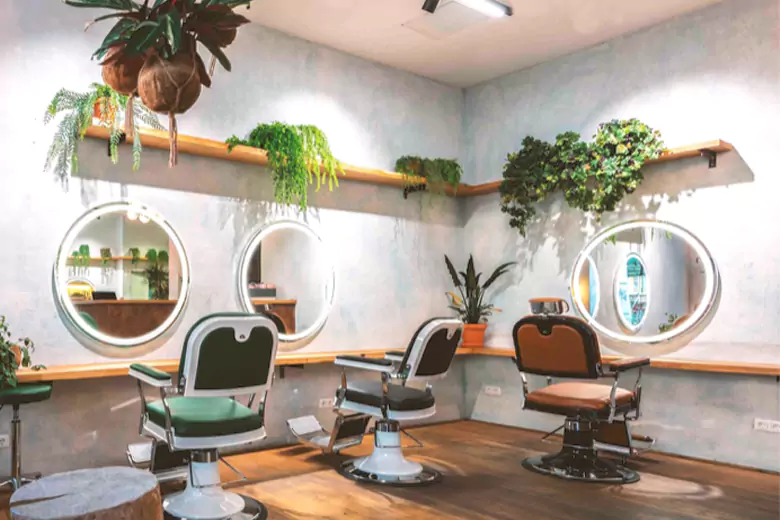In today’s digital age, social media has become a powerful platform for showcasing culinary creations and enhancing branding for restaurant. Whether you’re a professional chef, a food blogger, or simply a food enthusiast, capturing mouth-watering photos of your dishes can significantly boost your online presence. With millions of food photos shared daily, it’s crucial to stand out with high-quality, visually appealing images. In this article, we’ll explore essential food photography tips that will help you create stunning photos for social media, ensuring your content not only grabs attention but also leaves a lasting impression.
Lighting:
Lighting is the most critical element in food photography. Natural light is often the best choice as it brings out the true colors and textures of the food. Position your dish near a window for soft, diffused light that highlights the details. If shooting indoors at night, invest in a lightbox or use soft box lighting to avoid harsh shadows. Remember, good lighting can make even a simple dish look appetizing.
Angle Matters:
Choosing the right angle can dramatically affect how your food is perceived. Popular angles include overhead shots, which work well for flat dishes like pizzas or salads, and the 45-degree angle, which is great for capturing depth in layered dishes like cakes or burgers. Experiment with different perspectives to see what works best for each dish.
Props and Backgrounds:
The right props and backgrounds can elevate your food photography. Use simple, neutral-colored backgrounds to keep the focus on the food. Incorporate props like utensils, napkins, or ingredients used in the dish to add context and tell a story. Just be careful not to overdo it—props should complement, not overpower, the main subject.
Focus on Freshness:
Freshness is key in food photography. Ensure your ingredients look vibrant and fresh, and capture your dish as soon as it’s prepared to highlight its best features. Use a macro lens or the close-up mode on your camera to focus on the textures, whether it’s the crispiness of a crust or the juiciness of a fruit slice.
Editing Essentials:
Editing is where your photos can truly come to life. Use editing tools to adjust brightness, contrast, and saturation to make your food pop. Apps like Lightroom or VSCO offer presents that can enhance your photos while maintaining a natural look. Be careful not to over-edit; the goal is to enhance the food’s appeal without making it look artificial.
Consistency:
A cohesive feed helps in building a recognizable brand on social media. Stick to a consistent style in terms of color palette, lighting, and composition. Whether it’s bright and airy or dark and moody, maintaining a uniform aesthetic will make your feed more visually appealing and professional.
Timing:
The timing of your posts can influence how much engagement they receive. Research your audience to determine when they are most active on social media and schedule your posts accordingly. Posting at peak times can increase visibility and interaction with your content, helping your photos reach a wider audience.
Engage with Captions:
Great photos are even better when paired with engaging captions. Use your captions to tell the story behind the dish, share recipes, or ask questions to encourage interaction. Captions that evoke emotion or curiosity can enhance the viewer’s connection with the image, making them more likely to like, share, or comment.
Experiment with Styles:
Don’t be afraid to experiment with different styles to find what resonates with your audience. Try various color schemes, compositions, and editing techniques until you discover what works best for you. Your unique style will set you apart from others and make your content memorable.
Tools of the Trade:
Investing in the right tools can significantly improve your food photography. While a high-quality camera is ideal, many smartphones now offer advanced camera features that are more than sufficient for social media. Additionally, apps like Snap seed or Afterlight provide powerful editing capabilities on the go. Consider using tripods, reflectors, and lens attachments to enhance your photography further.
Conclusion
Mastering food photography for social media is an art that requires attention to detail, creativity, and practice. By focusing on elements like lighting, angles, and consistency, you can transform your culinary creations into visually stunning content that captures the essence of your dishes and engages your audience. Remember, the goal is not just to showcase food but to tell a story that resonates with your viewers, encouraging them to engage with and share your content. With these tips, you’ll be well on your way to creating irresistible food photos that stand out in the crowded world of social media.




